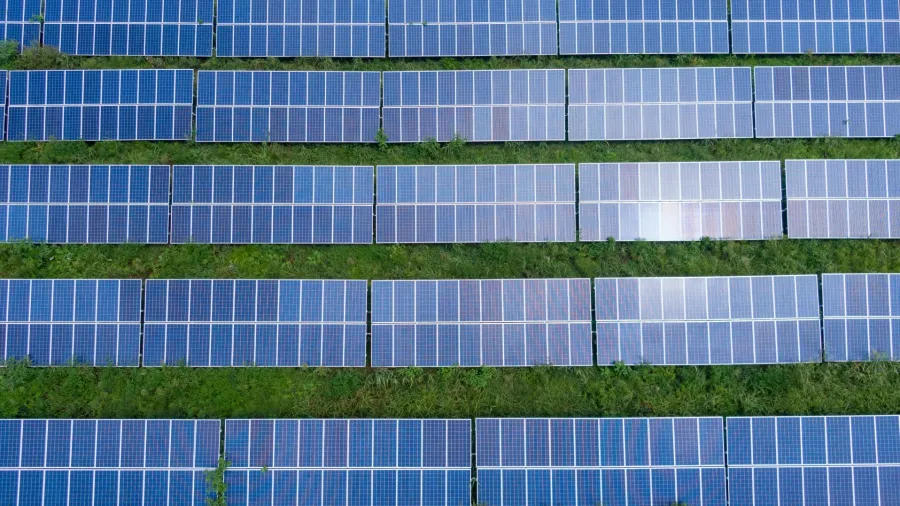
Here’s five action areas to steer EU’s energy transition
In 2021, the 27-member EU emerged as the third-largest source of carbon emissions.
With 27 members, the European Union (EU) struggles to align member states’ energy transition efforts as countries face varying challenges, but McKinsey found five action areas that could accelerate its transition.
The EU emerged as the third-largest contributor of carbon emissions across the globe in 2021, next to China and the United States.
Amongst its member states, Germany accounted for 23% of its total emissions, followed by Italy and Poland with 11% each.
“The challenges of reducing them vary from country to country… Despite these differences, EU member states could act in similar ways to overcome the challenges and help realise the region’s climate goals,” McKinsey noted.
For instance, The Benelux nations rely on heavy industry, which is a relatively difficult sector to decarbonise, whilst Poland is heavily reliant on coal-based power generation.
Based on its 2022 report on the transition identified five action areas that EU nations can consider to speed up its transition:
Creating resilient, at-scale supply chains for key decarbonisation technologies
Supply chains for clean technologies, such as solar panels, wind turbines, and batteries, are already stretched. This is worsened by current geopolitical tensions.
To cushion the impact of supply chain disruptions, EU states may build partnerships with raw-material suppliers from a diversified set of exporting countries, scale up European manufacture of critical technologies, attract and train the workforce to ensure adequate labor to scale up.
Building out the energy grid infrastructure to support resilience and reduce barriers to in-region renewables
The transition requires investments in the substantial expansion and enhancement of grid infrastructure to complement installations of green technologies. This may be accomplished through promoting integrated transmission planning, and reviewing permitting and siting to accelerate build-out, implementing demand-side measures to reduce peak energy loads and defer grid investments, and enabling the development of flexible cross-national gas networks that can carry lower-emission fuels.
They may also opt to raise LNG regasification capacity to support midterm energy security and help alleviate the current energy crisis.
Reexamining land use, societal, and regulatory constraints to accelerate the development of renewables
McKinsey had found that between 2022 and 2030, the EU would need to increase the annual installation of solar and wind by two to five times their 2020-2022 levels to achieve its 2030 climate goals. This may be hampered by permitting delays and limited land, which may be addressed through:
- Considering targets for renewables at the national and regional levels to help with land allocation
- Reviewing regulations to safeguard and increase access to land
- Maximising the repowering of existing installations to improve land productivity
- Considering the introduction of a fast-tracking process for certain projects that support transition goals
- Weighing the potential benefits of one-stop shopping and simplifying processes
- Launching social-awareness campaigns and implementing incentives to improve public acceptance of solar and wind projects
Redesigning power markets in line with decarbonisation and affordability objectives
EU states need to redesign power markets to meet decarbonisation goals, which they may accomplish by prioritising the review of power markets to strengthen the system in the long term and attract investment, creation of more transparency in energy pricing, with more granular bidding zones, and the development of financial incentives to minimise energy shortages.
They may also create compensation mechanisms to reconfigure assets.
Ensuring the affordability of clean technologies to foster their adoption and accelerate the energy transition
If the EU achieves its goal to increase the share of renewables in its power mix to 45%, the cost of energy will likely be reduced by 10% by 2030. This may be accomplished through lowering financial barriers by providing incentives and subsidies for the adoption of clean technologies.
They may also enable active demand participation by removing regulatory and technical constraints for end users and promoting stabilisation to mitigate volatility.
















